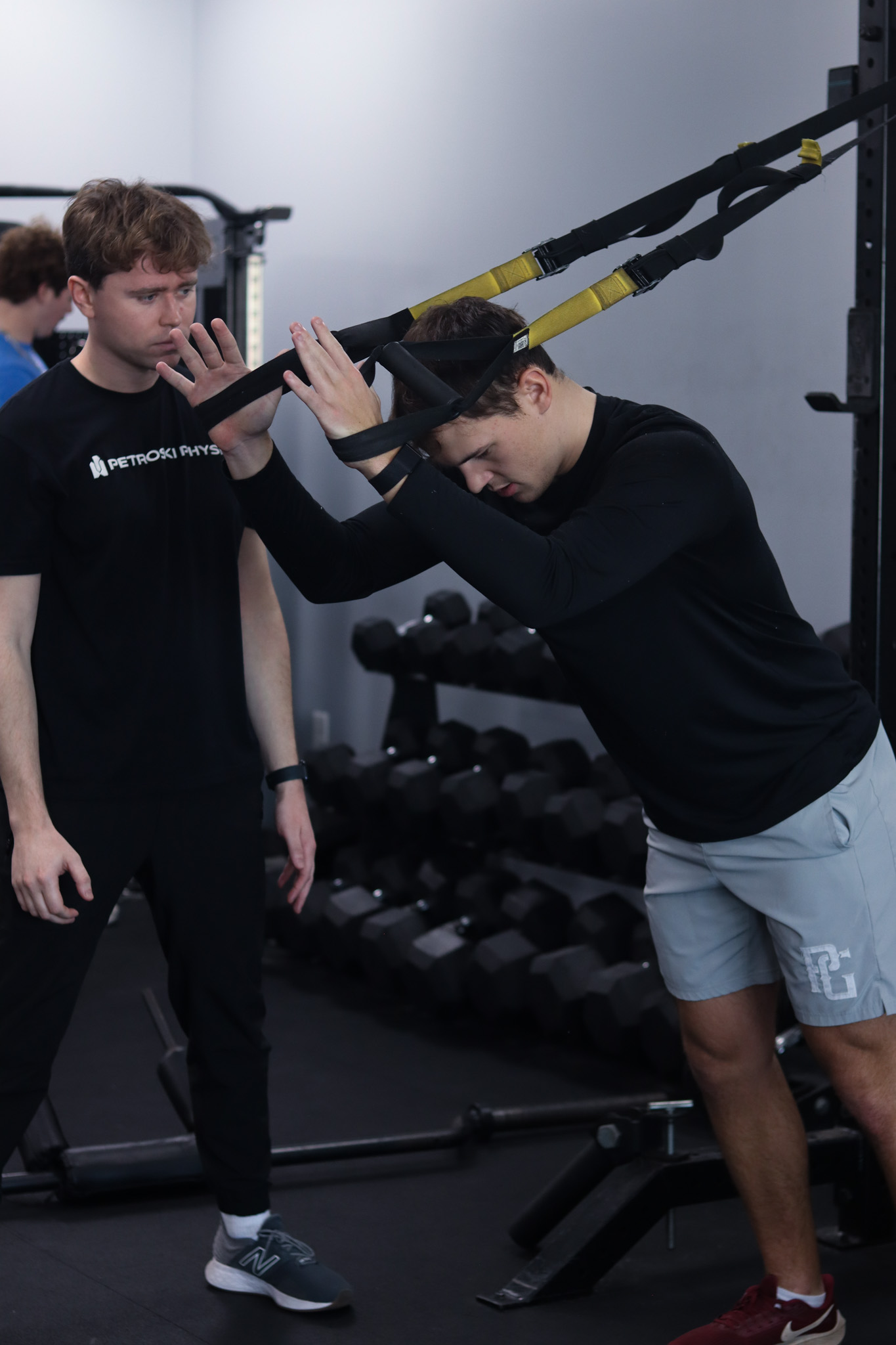Ever feel that spike of panic before the final free throw, clutch at‑bat, or penalty kick? Good. That rush means you care. Great athletes don’t erase fear—they train their brains to play with it, and use it to make them better by using the same science psychologists use to tame phobias. Below is the playbook, (Based on this research article) boiled down from cutting‑edge research on “inhibitory learning” (a fancy term for teaching your brain new rules about scary situations). Let’s translate eight lab‑proven tactics into drills you can start this week.
What’s Inhibitory Learning Anyway?
Imagine you’re facing a challenge like a pitcher staring down a batter, or a basketball player at the free-throw line with the game on the line. Your brain expects the worst: “What if I miss?” “What if I choke?” Traditional advice says: “Just calm down.” But new science shows that leaning into those fears—even letting them stick around actually helps you learn that those fears are just in your head. By violating your expectations (meaning: proving your fears wrong by doing the thing anyway), you build confidence that sticks.
Why using the fear matters?
There is magic in using your fear. Fears get demolished when you expect the worst when it doesn’t happen, when you train in different situations, avoid shortcuts that make you feel safe, and stay focused on the challenge.
5 Takeaways to Help Use Your Nerves and Fear to Increase Performance
Expect the worst, then prove it wrong. If you’re scared you’ll miss the game-winner, in practice or a pick up game, step up and take the shot anyway. Let yourself feel the fear. When you nail it (or even if you miss and nothing bad happens), you’ve taught your brain that fear is a false alarm.
Switch up where you practice. Fear often comes roaring back in new places. Mixing it up makes your mental game bulletproof.
Drop what makes you feel comfortable. That music you always play to hype yourself up? Or the friend who always cheers you on? Try practicing without them. You’ll learn to perform under any conditions.
Dont always rely on the fear going away. Don’t measure success by how fast you calm down. Success is sticking with the challenge long enough to prove your fear wrong.
Label your feel. When you’re in the thick of it, say, “I feel nervous right now.” Research shows labeling your emotions actually helps your brain handle them.
This is important because your not avoiding or trying to remove the fear. Your training your brain to perform no matter what. Next time you feel fear creeping in, lean into it. These are some techniques we use during return to sport or other rehab scenerios but can be used in a wide variety of situations

